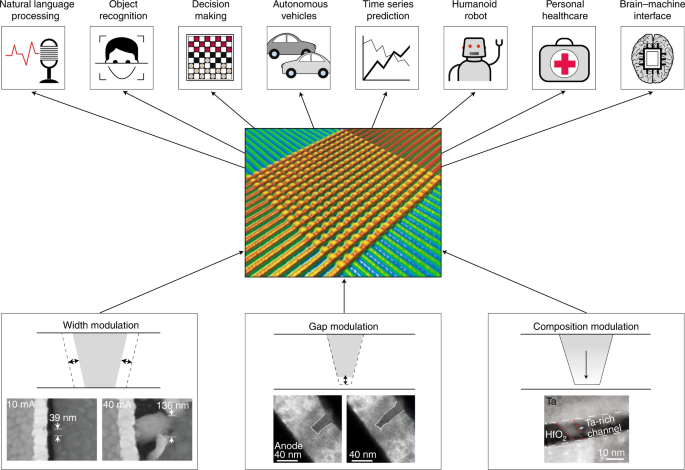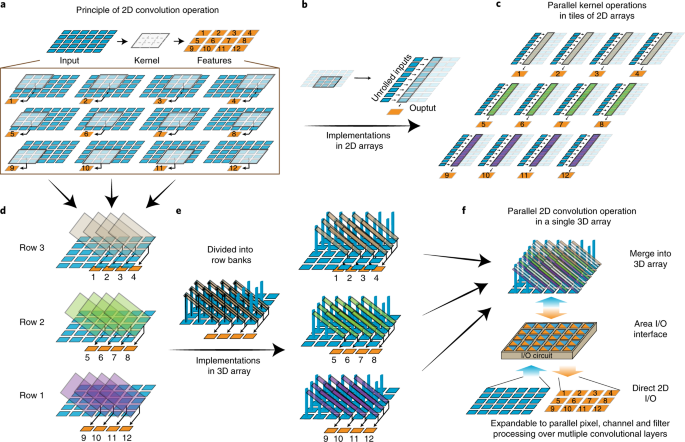uiux
Regular
DARPA Announces Research Teams to Develop Intelligent Event-Based Imagers
DARPA today announced that three teams of researchers led by Raytheon, BAE Systems, and Northrop Grumman have been selected to develop event-based infrared (IR) camera technologies under the Fast Event-based Neuromorphic Camera and Electronics (FENCE) program. Event-based – or neuromorphic – cameras are an emerging class of sensors with demonstrated advantages relative to traditional imagers. These advanced models operate asynchronously and only transmit information about pixels that have changed. This means they produce significantly less data and operate with much lower latency and power.
A. Background
The term neuromorphic engineering was coined by Carver Mead1 and refers to the development of silicon circuits that mimic brain operation; its hallmark traits are low latency, sparse output, and extreme energy efficiency. Event-based (or neuromorphic) cameras operate on the principle of sparse output, only responding to changes in the scene, with accompanying low latency (on the order of tens of microseconds) and low power (on the order of milliwatts) for small format cameras in sparse scenes.Event-based imagers are an emerging class of sensors with major demonstrated advantages relative to traditional cameras. Because they operate asynchronously and only transmit data from pixels that have changed, they have been shown to produce over 100x less data in sparse scenes relative to traditional focal plane arrays (FPAs).2 This leads directly to 100x lower latency at 100x lower power. State-of-the-art visible event-based cameras have been developed by iniVation in Switzerland and by Prophesee in France for applications that include autonomous vehicles, robotics, augmented/virtual reality, and video gaming.Despite their inherent advantages, existing event-based cameras are not currently compatible with DoD applications as DoD scenarios are highly cluttered and dynamic.
The FENCE program seeks to develop an integrated event-based infrared (IR) FPA with embedded processing to overcome these challenges. See U//FOUO addendum for more detail.
B. Program Description
The Fast Event-based Neuromorphic Camera and Electronics (FENCE) program seeks to develop and demonstrate a low latency, low power, event-based camera and a new class of signal processing and learning algorithms that use combined spatial and temporal (spatio-temporal) information to enable intelligent sensors for tactical DoD applications. FENCE will develop an infrared neuromorphic imager consistent with military requirements. The sole technical area (TA) will develop an asynchronous read-out integrated circuit (ROIC) capable of very low latency and power operation. It will also develop a low power processing layer that integrates with the ROIC to identify salient spatio-temporal signals. The ROIC and the processing layer together will enable an integrated FENCE sensor to operate at low power (< 1.5 W).

DARPA developing brain-mimicking IR cameras
The DARPA US research and development agency has announced that it is developing ‘event-based’ infra
www.inavateonthenet.net
DARPA developing brain-mimicking IR cameras
The brain-like cameras are being developed by a team of researchers led by Raytheon, BAE Systems and Northrop Grumman. The project is being developed under the Fast Event-based Neuromorphic Camera and Electronics (FENCE) program, operating asynchronously and transmitting information about pixels that have changed. This kind of camera will produce less data and operate with lower latency and power.

Get Ready for the Future of Artificial Intelligence in the War Realm
Enemies planning to attack often deliberately move in short, unexpected spurts to elude detection, emerge from undetectable areas and often use decoys or dummies to confuse overhead drones and surveillance planes. Insurgents, enemy vehicles, dismounted fighters and even some aircraft try to vary...
Get Ready for the Future of Artificial Intelligence in the War Realm
DARPA and several industry partners such as Raytheon Intelligence & Space, Northrop Grumman and BAE Systems are now fast-tracking a technological system engineered to find and transmit only images or pixels that have “changed” in order to pinpoint moments of relevance.
---
WIPO - Search International and National Patent Collections
patentscope.wipo.int
US11063667 - Systems, devices, and methods for optical communication
A technology is described for optical communication. An example of the technology can include receiving an event stream containing indications of independent events detected by pixels in an event camera. An event may be a change in brightness detected by a pixel in the pixel array, and the pixel independently generates an indication of the event in response to detecting the event. The event stream can be demultiplexed into a plurality of communication streams containing related events associated with a plurality of communication sources. The events contained in a communication stream can be aggregated based in part on an event proximity and an event time that associates an event with other events contained in the event stream. The plurality of communication streams can be demodulated to extract optically transmitted information from the plurality of communication streams, which can be sent to a data Consumer
Theoptically-modulated signals cause asynchronous pixel activations to occur and an associated change of brightness to be detected, each of which is encapsulated as an event by associated readout electronics and tagged with a corresponding pixel location and timestamp (e.g., E(x,y,t)). One or more event streams are sent to the event processors (e.g., event processor(s) 104 such as shown in FIG. 1),
US20200249080A1 - Optical information collection system - Google Patents
An optical information collection system includes a neuromorphic sensor to collect optical information from a scene in response to change in photon flux detected at a plurality of photoreceptors of the neuromorphic sensor. A sensor stimulator stimulates a subset of the plurality of...
patents.google.com
US20200249080 - OPTICAL INFORMATION COLLECTION SYSTEM
Applicants
THOMAS EDMUND PETTY
NORTHROP GRUMMAN SYSTEMS CORPORATION
Abstract(EN)
An optical information collection system includes a neuromorphic sensor to collect optical information from a scene in response to change in photon flux detected at a plurality of photoreceptors of the neuromorphic sensor. A sensor stimulator stimulates a subset of the plurality of photoreceptors according to an eye movement pattern in response to a control command. A controller generates the control command that includes instructions to execute the eye movement pattern


